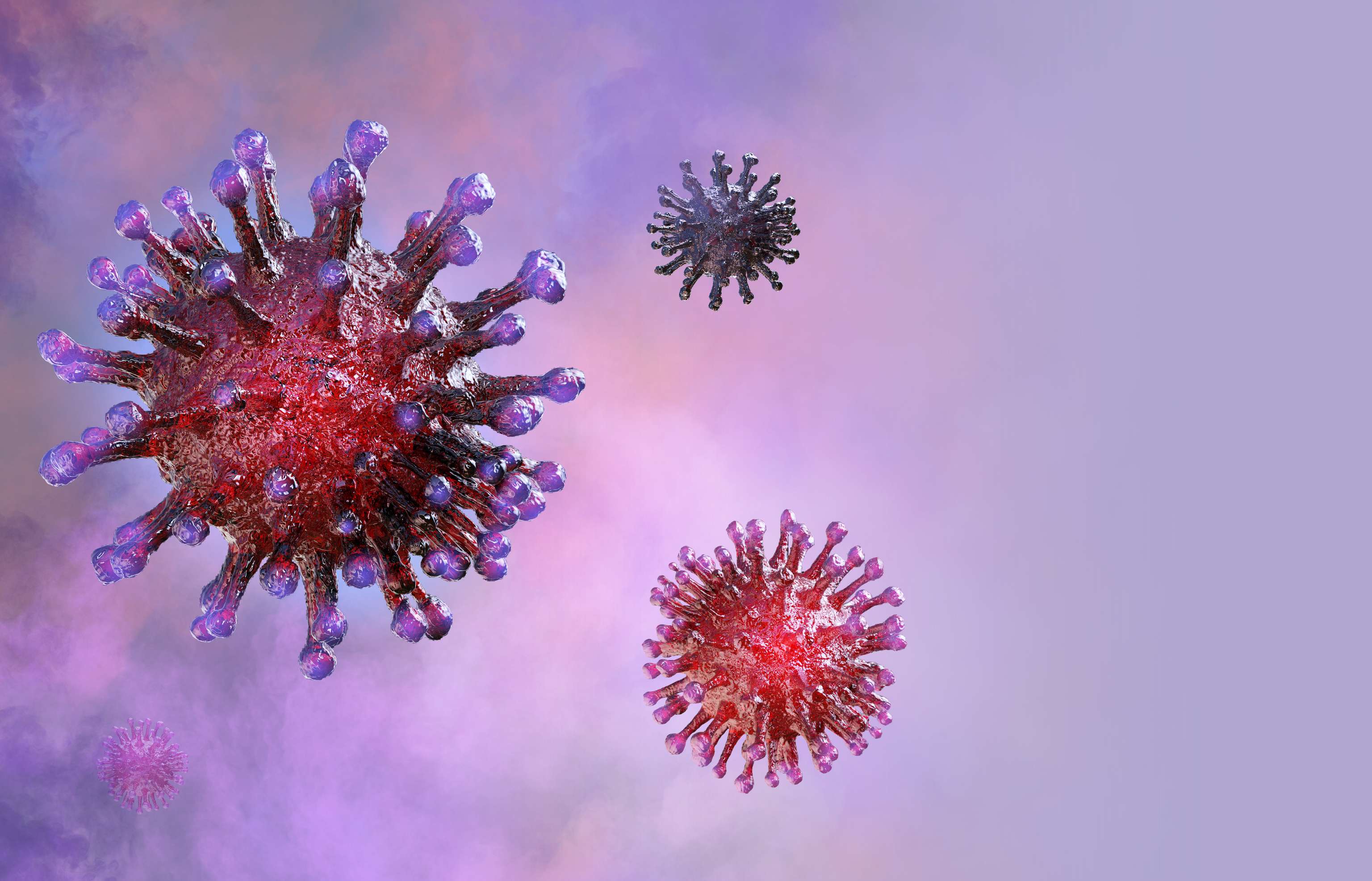New SARS-CoV-2 variant in Great Britain

SARS-CoV-2 variant in the UK:
As of today (30/12/2020), over 53,000 new cases per day have been reported in England. This rapid increase in the number of infections has been observed mainly in the eastern, south-eastern parts and in the greater London area. One possibility for these numbers is the new and effective mutation of the virus. According to the ECDC (European Centre for Disease Prevention and Control), this new variant, called VOC 202012/01, is crucial for the current reported cases. Although this variant was first investigated in December, the first infected persons were identified as early as the end of September this year.
Update: As of last update (04/01/2021), there are 6008 known cases with the new viral mutation in England.
Naming:
SARS-CoV-2 variants are referred for investigation if they are considered of epidemiological or immunological concern, or have certain pathogenic properties. From this point on, the designation is Variant Under Investigation (VUI) and is marked with a year, a month and a number. Following a risk assessment by the relevant committee, the mutations may be designated as a Variant of Concern (VOC). The variant referred to here was designated VUI 202012/01 on detection and review and was classified as VOC 202012/01 on 18 December 2020.
Public Health England:
On 28 December 2020, the Department of Health and Social Care Executive Agency - Public Health England published a report on the new mutation VOC 202012/01.
The results of the cohort studies and analyses conducted showed no statistically significant difference in hospitalisation and deaths (measured over a 28-day period) between the new VOC 201212/01 and the previously known variant. The likelihood of re-infection also showed no significant difference between the two variant cases.
Transmissibility and extent of novel SARS-CoV-2 variant in the UK:
A recent preliminary analysis by the Centre for Mathematical Modelling of Infectious Diseases in the UK has suggested that the novel viral mutation VOC 201212/01 is 56% more transmissible than the old variant. However, no clear evidence was found in the mathematical-based calculation that the new virus type can lead to more severe disease. Nevertheless, the increase in transmissibility could lead to a large increase in incidence.
It should be noted that this analysis is currently preliminary, limited to the UK, and has not yet been reviewed by independent reviewers in the same field.
SARS-CoV-2 variant in South Africa:
A new variant of SARS-CoV-2 is also spreading in South Africa, and is referred to as 501.V2. According to the ECDC, this mutation is "also of potential concern." The virus was first identified in samples in October this year. To date, over 300 cases of 501.V2 have been detected in the country through Whole-Genome Sequencing, or WGS. With the help of this process, the complete genome of an organism is determined, which makes it possible to identify the differences between virus species.
According to the ECDC, the 501.V2 variant has similar characteristics to the British mutation. This type of virus has also been detected twice in the UK. On 28 December 2020, another case of the 501.V2 variant was identified in Finland in a returned passenger.
Other known cases:
There are now also known cases of VOC 202012/01 in many countries. These currently include:
Australia, Argentina, Belgium, Brazil, Canada, Chile, China, Denmark, Dominican Republic, Ecuador, Gambia, Gibraltar, Finland, France, Georgia, Germany, Greece, Hong Kong SAR, Iceland, India, Iran, Ireland, Israel, Italy, Jamaica, Japan, Jordan, Kuwait, Lebanon, Latvia, Luxembourg, Malaysia, Malta, Mexico, Morocco,Netherlands, New Zealand, Norway, Oman, Pakistan, Peru, Philippines, Portugal, Romania, Russia, Singapore, Slovakia, South Korea, Spain, Sweden, Switzerland, Taiwan, Thailand, Czech Republic, Turkey, Hungary, United Arab Emirates, United States, Vietnam, Austria, Cyprus.
Conclusion:
Both the ECDC and other government bodies such as Public Health England, which have studied the mutations, suggest that the new SARS-CoV-2 types are not more dangerous in terms of mortality or hospitalization. Even in this difficult development, this can now be seen as light at the end of the 365-day tunnel called 2020 after all.
Sources
- Risk related to spread of new SARS-CoV-2 variants of concern in the EU/EEA (ECDC)
- Investigation of novel SARS-CoV-2 variant - Technical briefing 2 (Public Health England)
- Investigation of novel SARS-CoV-2 variant - Technical briefing 3 (Public Health England)
- Hohe Auswirkungen auf Krankenhausaufenthalte und Todesfälle (DAZ)
- Estimated transmissibility and severity of novel SARS-CoV-2 Variant of Concern 202012/01 in England (Centre for Mathematical Modelling of Infectious Diseases)

Danilo Glisic
Last updated on 31.12.2020
Your personal medication assistant
Browse our extensive database of medications from A-Z, including effects, side effects, and dosage.
All active ingredients with their effects, applications, and side effects, as well as the medications they are contained in.
Symptoms, causes, and treatments for common diseases and injuries.
The presented content does not replace the original package insert of the medication, especially regarding the dosage and effects of individual products. We cannot assume liability for the accuracy of the data, as the data has been partially converted automatically. Always consult a doctor for diagnoses and other health-related questions.
© medikamio